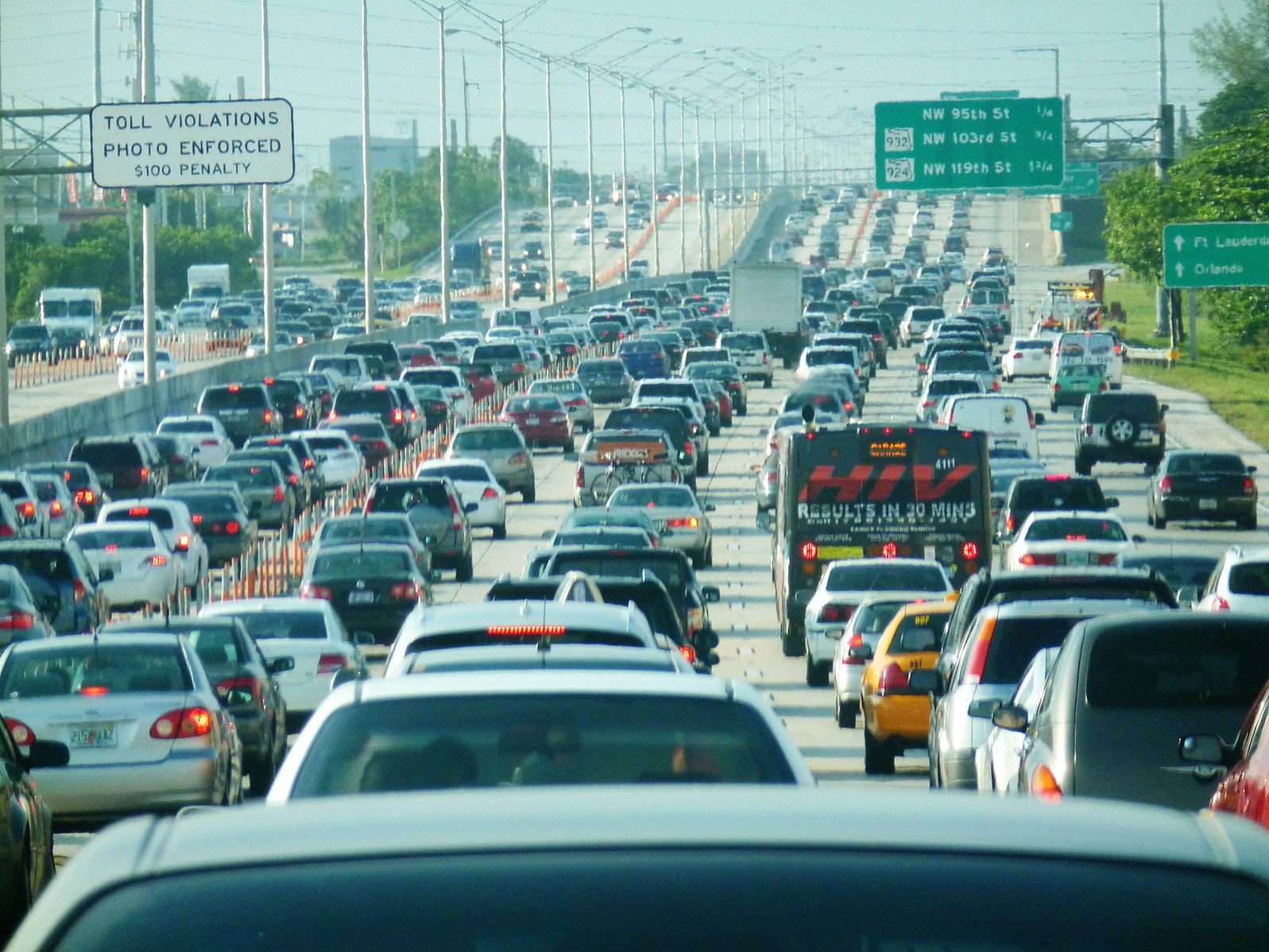Have a story idea
Have a story idea? Send it to us here.

Source : Wikimedia
May 29, 2025
Author : Patty Allen
The Ohio Department of Transportation (ODOT) recently wrapped up an 18-month study that looked at how to make the state’s highway system less crowded.
The department's “Statewide Transportation Congestion Study” has provided transportation managers and contractors important information they can use to get ready for Ohio’s next round of infrastructure investment.
Congestion is still a problem in big cities like Columbus, Cincinnati and Cleveland, but the study shows that traffic is getting worse in smaller towns and rural areas. This change shows that we need more than just standard urban fixes for our infrastructure.
“We found that traffic is becoming a bigger problem outside of cities,” says Tom Hill, who is in charge of statewide planning for ODOT. “This means that engineers and contractors who plan new projects need to take into account more changing traffic trends.”
The study found that 58% of traffic jams are one-time events, like accidents, bad weather or construction activities. 42% of those problems kept happening, like traffic during rush hour every day. With these new insights, contractors can clearly cut down on delays by speeding up response times to incidents and making the most of their construction schedules.
ODOT looked at GPS data, Bluetooth sensors and traffic cameras on more than 10,000 miles of state roads to come to these conclusions. Surprisingly, the total number of vehicles on the road is still a little lower than it was before the pandemic, but traffic has gotten worse than expected in many areas, especially on weekends and holidays.
The I-270 beltway around Columbus and the I-75 route that goes through Dayton and Cincinnati are both areas with a lot of traffic. A set of measures is suggested by ODOT. These include real-time traveler information systems, better crash clearance procedures and better communication with maintenance crews.
These results come at a time when Ohio is getting ready to use government money from the Bipartisan Infrastructure Law for important transportation projects. Officials from ODOT say that this data-driven plan will help them decide which projects to work on first.
What this means for contractors is very important. Firms that work on paving, widening roads, improving drainage and smart traffic systems may be able to find new bid chances on ODOT’s list of upcoming projects. The main goals going forward will be to improve smart infrastructure and reduce traffic.
Contractors working in the Midwest may also benefit from bigger regional plans, like the Midwestern Freight Plan, which includes projects that will directly affect key Ohio corridors.
At the same time, federal investments already coming into the state, like the recent $61 million infrastructure injection, show how important and big the opportunities are that are coming up.
Category : Department of Transportation Investment in Infrastructure Freeways and Highways
